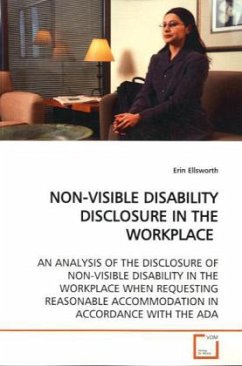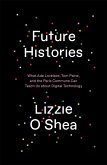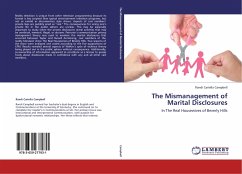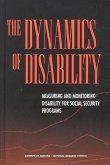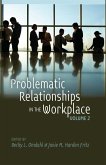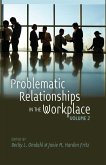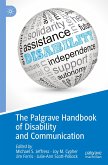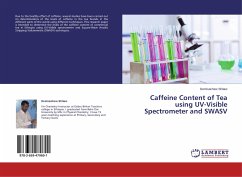This qualitative study investigated messages that
employees would construct when disclosing non-visible
disabilities in the workplace in accordance with the
Americans with Disabilities Act. In addition,
respondents were asked what factors they felt a
supervisor would consider in making the decision to
grant an accommodation.
Open-ended survey questions provided a prompt for
respondents to construct an original message. The
data revealed that the factors identified were
consistent with extant literature. Respondents also
indicated the factors they felt a supervisor would
consider in making the decision to grant an
accommodation.The factors from the two points of view
provide members of the disabled community,
counselors, and supervisors guidelines in creating an
environment conducive to disability disclosure.
This study responds to the call from Asch (1984) to
identify strategies that individuals with
disabilities use in interactions, and Jablin s (1979)
assertion that superior/subordinate interactions need
to be studied in context.
employees would construct when disclosing non-visible
disabilities in the workplace in accordance with the
Americans with Disabilities Act. In addition,
respondents were asked what factors they felt a
supervisor would consider in making the decision to
grant an accommodation.
Open-ended survey questions provided a prompt for
respondents to construct an original message. The
data revealed that the factors identified were
consistent with extant literature. Respondents also
indicated the factors they felt a supervisor would
consider in making the decision to grant an
accommodation.The factors from the two points of view
provide members of the disabled community,
counselors, and supervisors guidelines in creating an
environment conducive to disability disclosure.
This study responds to the call from Asch (1984) to
identify strategies that individuals with
disabilities use in interactions, and Jablin s (1979)
assertion that superior/subordinate interactions need
to be studied in context.

